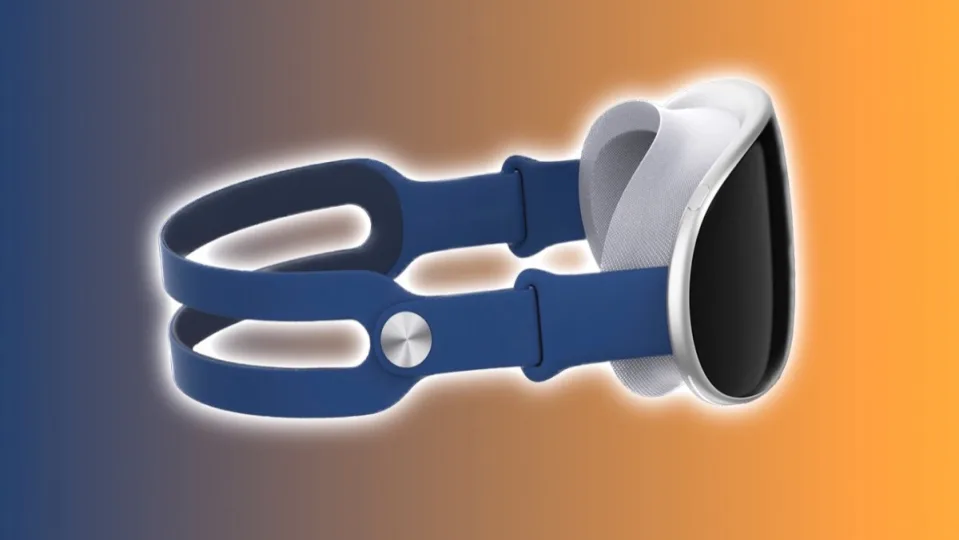In recent years, there has been much speculation about Apple’s extended reality glasses, which are supposedly in development. According to rumors, these glasses will offer an augmented reality experience far superior to the competition – such as the Xiaomi AR Glasses – with, among others, its 12 cameras, a gesture controller that will even allow us to type in the air and eye-tracking capabilities.
The glasses will be integrated with other Apple products, such as the iPhone and Apple Watch and also the Mac, for which they could function as a collection of external monitors that we could resize and place anywhere in the space to work. Although we do not know for sure when these glasses will be launched, the latest rumors place their presentation at WWDC23 this June, and their launch in autumn.
Launch now or wait? That is the question
Apple CEO Tim Cook has decided that the company will launch its augmented reality glasses this year, despite some objections from the design team, according to a Financial Times report. Apple’s design team, which reported directly to design chief Jony Ive before his departure in 2019, wanted to wait to launch until a lighter augmented reality glasses product had matured, several years from now.
On the other hand, the operations team led by Jeff Williams wanted to launch an initial version of the product in the form of a virtual reality-focused device that would allow users to watch 3D videos, perform interactive workouts or make FaceTime calls with virtual avatars. Cook supported Williams and requested an early launch with a more limited product, overlooking the design team’s objections.
“Apple’s operations team wanted to introduce a ‘version one’ product, a ski goggle-like headset that would allow users to watch immersive 3D video, perform interactive workouts or chat with realistic avatars via a revamped FaceTime. But Apple’s famed industrial design team had warned of its patience, wanting to delay until a lighter version of augmented reality glasses became technically feasible. Most of the tech industry expects that to take several more years”.
This is how The Financial Times reflects the dichotomy in which Apple finds itself. One in which, it must be said, both parties are right. And not only right, but, according to what we believe we know about this product, both parties will see their project completed in the timeframe they consider appropriate.
Both teams have their reasons, and Apple is well aware of that
Apple’s augmented reality glasses have been in active development for seven years, twice as long as the original iPhone before its launch. The device is seen as directly related to Tim Cook’s legacy, as the first new computing platform developed entirely under his leadership.

Apple is expected to sell approximately one million units of the glasses during its first year at a price of around 3000 euros. The company is preparing for a “marketing surge” for the product in a few months.
While the idea of thin and light augmented reality glasses sounds appealing, it is technologically impossible today and this may remain the case for several more years. As far as we know, Cook and Williams recognize the state of the market and believe it makes sense to enter the market now, even if the first generation of the glasses is more expensive and of less general consumer appeal. The idea is to iterate and improve over time.
And this is the key to the whole issue. Software is a very important component for these future augmented reality glasses or helmet. Software that Apple can develop in part, but not completely. It needs App Store developers to create applications or adapt theirs to a totally new environment and a way of thinking, designing and working that is far from what is used today.
Just for that reason, and as far as we know, Apple’s idea is to launch a first generation of this extended reality helmet focused on companies and developers. A hardware that, even for its price, does not appeal to the user, but is the basis for the software to be tested and developed.
It would be later, in a second version of the product, when prices – now artificially high to make this a niche product – would drop and a launch with a much closer user experience would be contemplated. One in which applications are already available and, therefore, the functionality of these glasses goes far beyond watching videos or making video calls.
Such an approach is in line with both teams and complements the strategy of both. A product category so new to Apple, and to the market in general, needs a staggered launch. Without the hardware the software cannot be developed, and without the software the hardware is of little use. We’ll see what happens at WWDC23 in a couple of months, because the news is much closer than we think.


